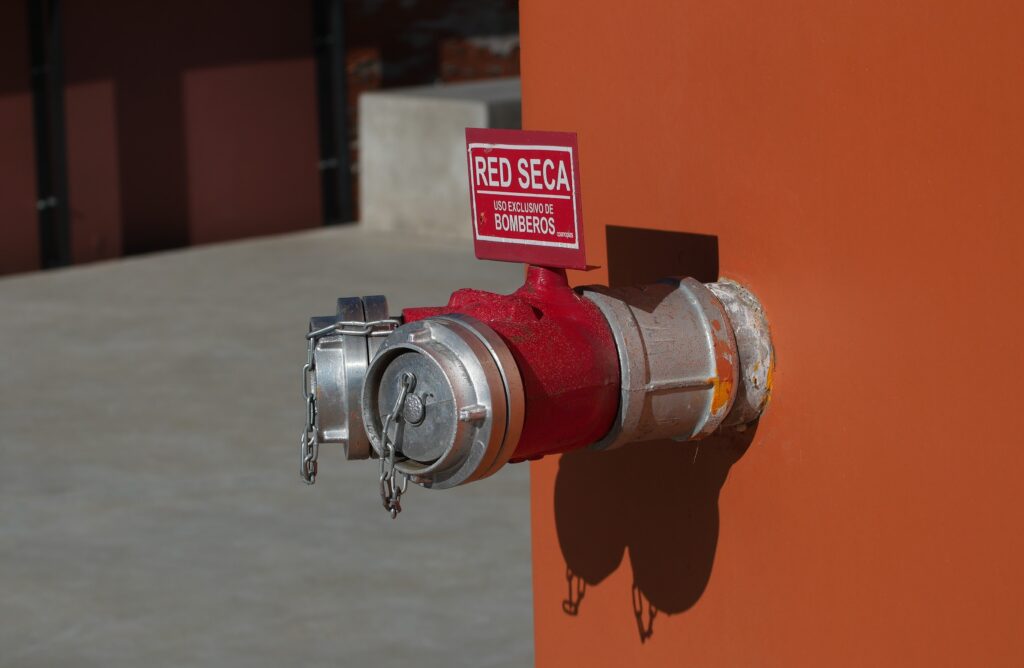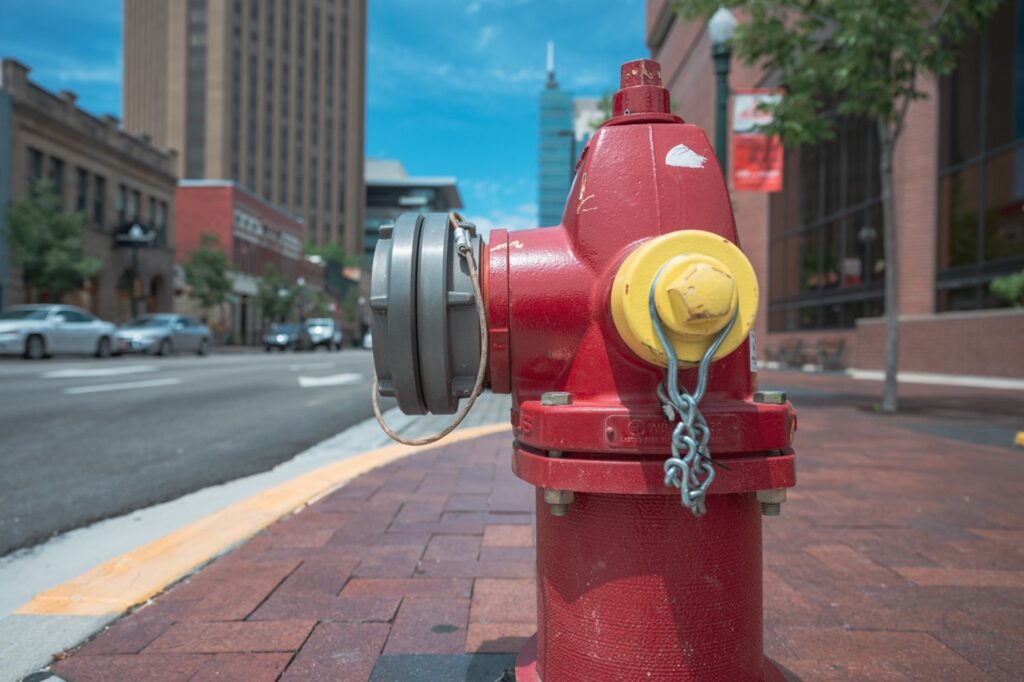
INTRODUCTION
Monitoring drinking water distribution system pressure may be more important and much more complex than one would think. There are many consequences water utilities face when low pressure and high pressure situations arise, and there are a number of ways to monitor and track pressure throughout a system. Monitoring all aspects of water quality is of the utmost importance, the EPA has a number of resources to help utilities monitor all attributes, including pressure. In this article we will discuss those possible dangers and consequences of both low and high water system pressure. We will also discuss the various ways you can monitor pressure throughout the distribution system. There are a number of ways water utilities can tackle the issue in their distribution system. Some of the methods are at the site, and some methods are remote and wireless pressure monitoring. There is now remote pressure monitoring technology that captures pressure data, gives utilities live water main pressure readings, and can incorporate high and low water pressure threshold alarm notifications
Maintaining a stable and reliable drinking water distribution system is crucial for ensuring that communities have access to clean and safe water. One of the key factors that plays a vital role in this process is water system pressure. Proper pressure management is not only essential for efficient water distribution but also for preventing costly infrastructure damage and ensuring customer satisfaction.
In this article, we will delve into the intricacies of drinking water system pressure, focusing on the importance of monitoring pressure spikes and dips, and different ways of accomplishing that. Water utilities face various challenges when it comes to managing pressure fluctuations, and having a complete understanding of these challenges is key for providing a continuous and reliable water supply. Having a comprehensive picture of the pressure across the entire distribution system helps utilities identify problematic areas and thus allows them to deploy the proper precautions and act swiftly when potentially hazardous situations arise.
WHAT IS WATER SYSTEM PRESSURE?
Let’s start with the basics. Water system pressure, simply put, refers to the force that pushes water through pipes and into households, businesses, and all other points of consumption. This pressure is what allows water to flow consistently and reliably, ensuring that the right amount of water reaches all of its intended destinations.
Pressure zones and regulators play a critical role in maintaining consistent pressure levels throughout a water distribution system. Pressure zones are distinct sections of the distribution network where water pressure is managed independently. This zoning allows utilities to regulate pressure based on the specific demands of different areas within their service region. Pressure regulators, on the other hand, are mechanical devices that control the pressure within a zone by either reducing or increasing it as needed.
By segmenting the distribution system into pressure zones and utilizing regulators, water utilities can provide optimal pressure levels that cater to the unique needs of each zone. This approach not only improves water distribution efficiency but also reduces the risk of pressure-related issues, such as burst pipes or leaks.
The Dangers of Low Water System Pressure
Low water system pressure might seem like a minor inconvenience, but it can have far-reaching implications for both the efficiency of water distribution systems and the well-being of communities they serve. Here are some of the dangers and consequences of low water system pressure:
Inadequate Water Supply: Insufficient pressure can lead to reduced water flow, making it challenging for households, businesses, and public facilities to access the necessary amount of water for daily activities. This can negatively impact hygiene, sanitation, and overall quality of life.
Diminished Firefighting Capabilities: Firefighting efforts rely on strong water pressure to ensure effective extinguishing of fires. Low water pressure can hinder the ability of firefighting teams to control and extinguish fires promptly, endangering both property and lives.
Water Contamination Risk: Low pressure zones are more susceptible to backflow events, where contaminated water from non-potable sources enters the drinking water system. This can result in serious health risks and the spread of waterborne diseases.
Infrastructure Damage: Low pressure can cause the collapse of pipelines and fittings, leading to leaks, pipe bursts, and other forms of infrastructure damage. The resulting repairs are costly and time-consuming, disrupting water services for extended periods.
Customer Dissatisfaction: Residents and businesses expect consistent and reliable water pressure. Low pressure can lead to complaints about inadequate water flow for everyday tasks, such as showering, cleaning, and cooking, ultimately affecting customer satisfaction.
Economic Impact: Industries and commercial enterprises rely heavily on stable water pressure for their operations. Any disruption caused by low pressure can result in production delays, financial losses, and negative impacts on the local economy.
Water Quality Issues: Reduced pressure can lead to stagnant water in pipelines, increasing the likelihood of microbial growth and sediment accumulation. This can compromise water quality and necessitate costly treatments to restore acceptable standards.
Aging Infrastructure Stress: Low water pressure places additional stress on aging infrastructure, accelerating wear and tear. Over time, this can lead to more frequent breakdowns and higher maintenance costs.
Emergency Preparedness Challenges: During emergencies, maintaining water supply to affected areas is crucial. Low pressure can impede the distribution of emergency relief resources, further exacerbating the impact of disasters.
Regulatory Compliance: Water utilities are often subject to regulatory standards concerning water pressure and quality. Failure to meet these standards due to consistently low pressure can result in penalties and legal consequences.
It’s clear that low water system pressure is far from a minor inconvenience; it poses significant risks to public health, safety, and infrastructure integrity. By understanding these dangers, water utilities can emphasize the importance of proactive pressure monitoring and management to ensure a resilient and dependable water distribution system for their communities.
The Dangers of High Water System Pressure
While maintaining adequate water pressure is crucial for efficient water distribution, excessive pressure can lead to a range of problems that threaten the integrity of water systems and the safety of communities. Here are some of the dangers and consequences of high water system pressure:
Infrastructure Damage: High water pressure places stress on pipelines, valves, fittings, and other components of the water distribution system. This stress can result in leaks, bursts, and premature wear, leading to costly repairs and service disruptions.
Water Loss: Escalated pressure can cause leaks and ruptures in pipes, leading to significant water loss. Not only does this waste a precious resource, but it also increases operational costs and reduces overall system efficiency.
Water Quality Compromises: Excess pressure can disturb sediments and contaminants that might accumulate in pipes. This can result in discolored or turbid water, affecting its aesthetic quality and potentially posing health risks.
Backflow and Contamination: High water pressure can create conditions for backflow, where non-potable water from sources like irrigation or industrial processes can flow back into the drinking water supply. This cross-contamination poses serious health hazards.
Appliance and Fixture Damage: Household appliances and plumbing fixtures are designed to function optimally within specific pressure ranges. High pressure can damage these appliances over time, leading to reduced lifespan and frequent replacements.
Noise and Vibration: Excessive pressure can cause pipes to vibrate, leading to noise complaints and disturbances for residents. The constant vibration can also contribute to wear and tear on the infrastructure.
Increased Energy Consumption: Pumps and other equipment used to maintain high pressure require more energy to operate. This can lead to increased energy consumption, raising operational costs and contributing to environmental concerns.
Customer Dissatisfaction: High pressure can lead to erratic water flow, splashing, and water hammer (sudden pressure surges), resulting in customer dissatisfaction. Consistently high pressure can make daily tasks, such as washing hands and dishes, uncomfortable and inconvenient.
Safety Risks: Water hammer resulting from rapid pressure changes can potentially damage pipes and fixtures, posing safety risks to both the infrastructure and occupants.
Regulatory Violations: Regulatory standards often define acceptable pressure ranges to ensure system stability and water quality. Exceeding these limits can lead to violations, fines, and potential legal action against water utilities.
Environmental Impact: High water pressure can contribute to increased water waste, which in turn impacts local ecosystems and water resources.
High Water System Pressure
Understanding the dangers of high water system pressure is crucial for water utilities to implement effective pressure management strategies. By monitoring and controlling pressure levels within safe and appropriate ranges, utilities can ensure a resilient and sustainable water distribution system that benefits both the community and the environment.
Monitoring water system pressure is essential for maintaining a reliable and efficient water distribution system. There are several methods and technologies available to water utilities for effectively monitoring water system pressure. Here are some common approaches:
Pressure Sensors: Pressure sensors, also known as pressure transducers or pressure gauges, are devices that measure the pressure of the water within a pipe or system. These sensors can be installed at key points within the distribution network, such as pump stations, pressure regulating valves, and critical junctions. Pressure sensors provide real-time pressure readings that can be transmitted to a central monitoring system for analysis.
Data Loggers: Data loggers are compact devices that record water system pressure readings over a specific period. These devices can be installed in different parts of the water distribution system to gather pressure data over time. Data loggers are particularly useful for identifying pressure trends, anomalies, and variations during different times of the day or week.
Remote Telemetry Systems: Remote telemetry systems enable the continuous monitoring of pressure levels across the distribution network from a centralized location. These systems use sensors and communication technologies (such as cellular networks or radio signals) to transmit pressure data to a control center. This real-time data allows operators to quickly respond to pressure fluctuations or emergencies.
SCADA Systems: Supervisory Control and Data Acquisition (SCADA) systems are comprehensive software platforms used to monitor and control various aspects of water distribution, including pressure. SCADA systems integrate data from sensors and devices across the network, providing operators with a holistic view of the system’s performance. Operators can set alarms and receive alerts when pressure exceeds or falls below predefined thresholds.
Pressure Logging and Analysis Software: Specialized software can analyze pressure data collected by sensors or data loggers. This software can help identify patterns, irregularities, and potential issues in the pressure levels. It often includes visualization tools, trend analysis, and reporting features to assist operators in making informed decisions.
Pressure Monitoring Alarms: Pressure monitoring systems can be configured to trigger alarms or notifications when pressure exceeds or drops below safe limits. These alerts can be sent via email, text message, or through a SCADA system, ensuring that operators are promptly informed of pressure irregularities.
Pressure Recording Charts: Analog pressure recording charts (also known as strip charts) are physical devices that produce a visual record of pressure fluctuations over time. They are often used in conjunction with pressure recorders, which can be installed at specific points in the distribution network. While less common in modern systems, they can still be useful for visualizing historical pressure data
Modeling and Simulation: Some water utilities use hydraulic modeling and simulation software to predict pressure variations within the distribution system. By inputting data about pipes, valves, pumps, and demand patterns, these models can help utilities understand potential pressure changes under different scenarios.
When choosing a method to monitor water system pressure, consider factors such as the size of the distribution network, the criticality of pressure levels, budget constraints, and the desired level of automation. A combination of these methods may also be employed to provide a comprehensive and accurate view of pressure conditions throughout the water distribution system.
If you are looking for something that can do a number of these things all at once, Kupferle Water Solutions has remote pressure monitoring with alarms and the ability to record historical pressure data wirelessly. Kupferle’s remote pressure monitoring devices can be either permanently installed in the ground, like a hydrant, or can be portable and attach to existing hydrants around the system. With these intelligent, remote pressure monitoring stations, you can get live readings, alarm notifications when low or high pressure situations occur, and compiled data over time to help paint a broader picture of pressure throughout your distribution system. These capabilities and this information allows water utilities to be more proactive, and react more quickly when dangerous conditions arise. Visit our website for more information or contact us if you have any questions.


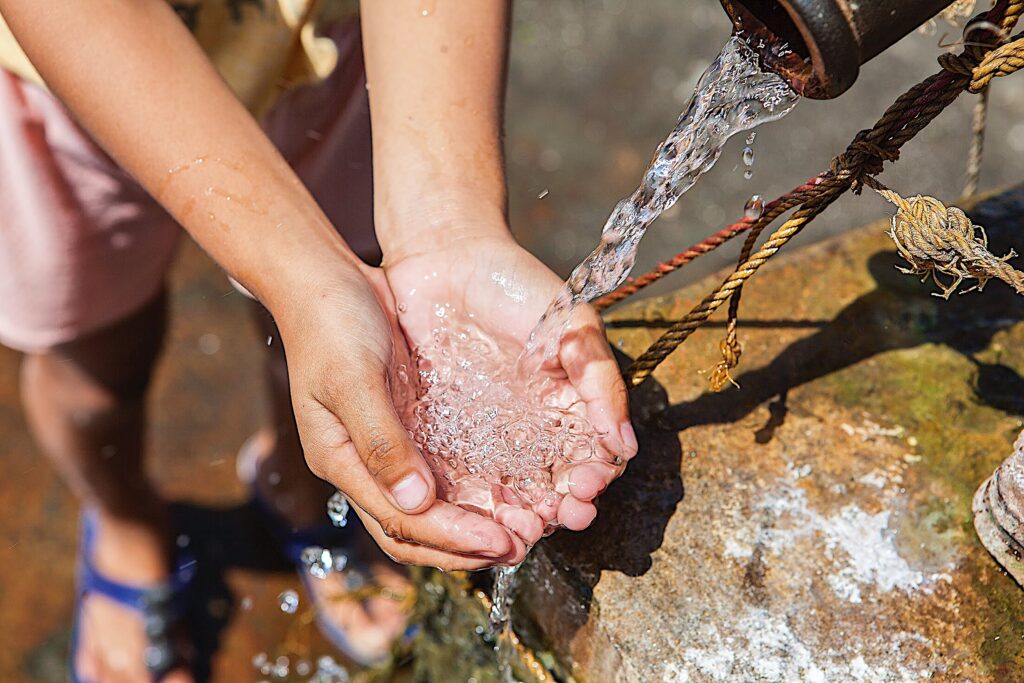 Working to maintain the cleanliness and safety of a community’s water supply is an absolutely vital task. To do it properly, you need the right tools to help you. Truflo valves and hydrants could be exactly what you need to accomplish those goals. Here at Kupferle, the Truflo line of hydrants and valves is quite popular, and for good reason. These pieces of equipment perform vital roles in many water systems. From blow-offs for flushing to more decorative yard hydrants, this line has great versatility.
Working to maintain the cleanliness and safety of a community’s water supply is an absolutely vital task. To do it properly, you need the right tools to help you. Truflo valves and hydrants could be exactly what you need to accomplish those goals. Here at Kupferle, the Truflo line of hydrants and valves is quite popular, and for good reason. These pieces of equipment perform vital roles in many water systems. From blow-offs for flushing to more decorative yard hydrants, this line has great versatility.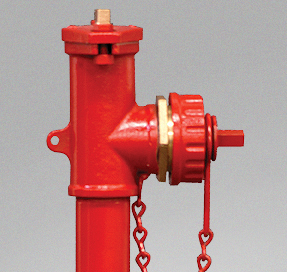
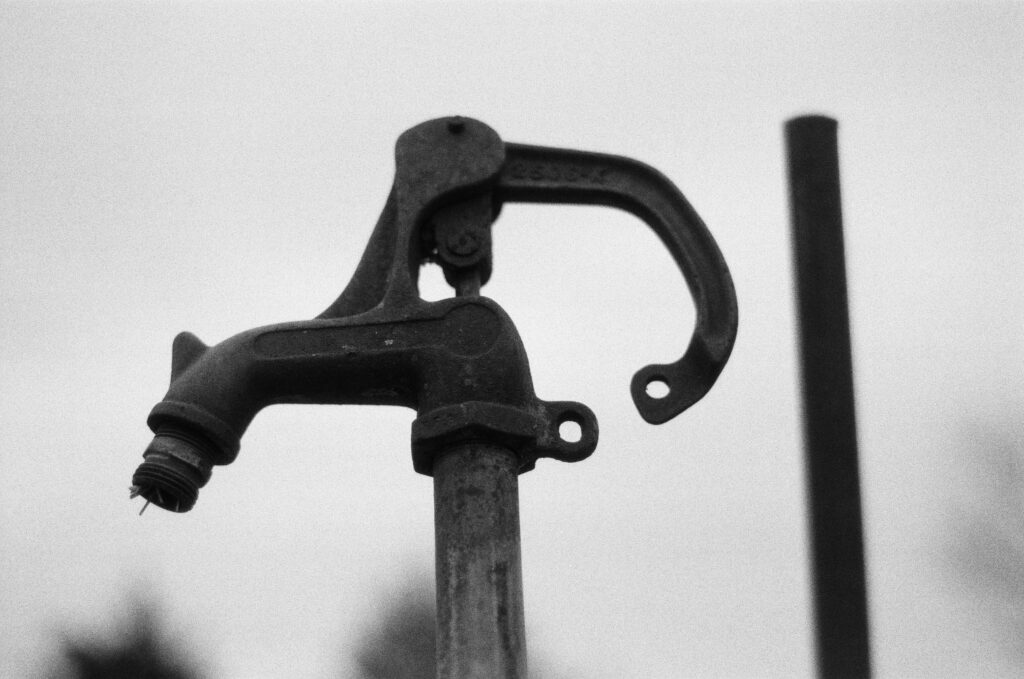 No one wants to see their trusty hydrant go down for the count. Organizations count on them for all kinds of important tasks, and if you’re unable to fully utilize them, you’re going to run into some issues. This is all to say that it might be necessary to replace different parts of a hydrant over the years, and when those times come, you need to know what you’re working with.
No one wants to see their trusty hydrant go down for the count. Organizations count on them for all kinds of important tasks, and if you’re unable to fully utilize them, you’re going to run into some issues. This is all to say that it might be necessary to replace different parts of a hydrant over the years, and when those times come, you need to know what you’re working with. 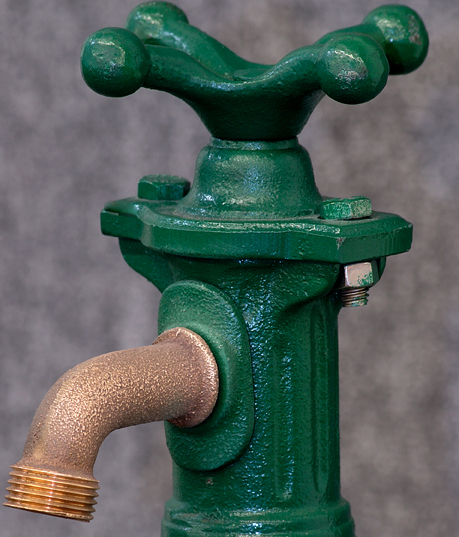 When you’re looking to add more water accessibility in a large outdoor space, a hydrant can be just the thing you need. An outdoor hydrant has many uses and is a fairly simple instrument, but if you don’t know what you’re looking for, you might be feeling a bit overwhelmed.
When you’re looking to add more water accessibility in a large outdoor space, a hydrant can be just the thing you need. An outdoor hydrant has many uses and is a fairly simple instrument, but if you don’t know what you’re looking for, you might be feeling a bit overwhelmed.